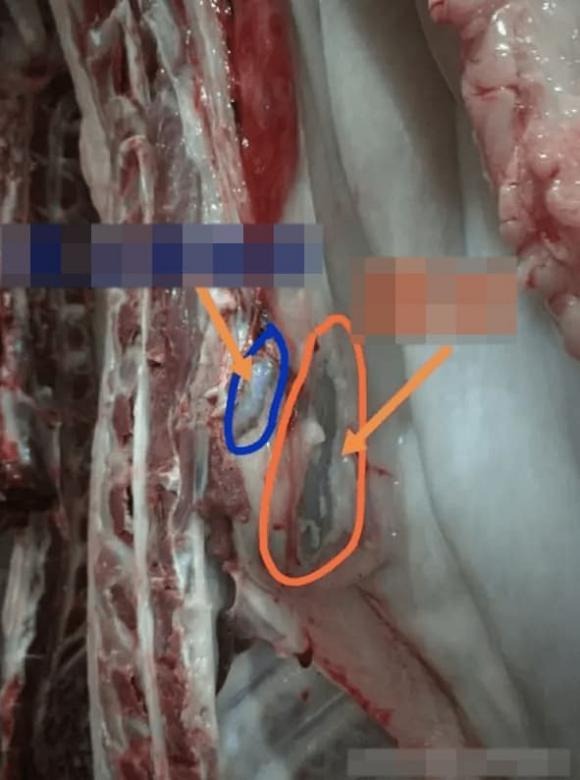When it comes to meat, Vietnamese people have a soft spot for pork, prized for its tenderness, delicious flavor, and affordability. Pork is a good source of protein, fat, iron, vitamin A, and other nutrients, offering benefits such as nourishing the yin, moisturizing dry skin, improving anemia, and boosting bone health. It’s a popular dish suitable for people of all ages.

There are countless ways to cook pork, each resulting in a mouthwatering delicacy. Some favorites include pork belly stew, shredded pork with green pepper, and crispy fried pork. Just thinking about these dishes is enough to make one’s mouth water. However, it’s essential to know which parts of the pig are edible and which should be avoided for health reasons.
Certain pig parts are not suitable for consumption as they can pose health risks. To prevent this, consumers should be aware of the sections to avoid when choosing pork. Today, I want to share with you four pig organs that butchers typically don’t use for culinary purposes. Let’s explore them to safeguard our health!
Lymph Nodes
Lymph nodes are characterized by small bean-like granules, which serve as an important identifier. As part of the immune system, lymph nodes engulf bacteria and viruses and may contain harmful toxins and heavy metal residues.

Located near the pig’s belly, this area is often injected, so it’s crucial to avoid purchasing lymph nodes. If you decide to buy pork neck, it’s best to remove the lymph nodes entirely to ensure health safety.
Thyroid Gland
Near the pig’s neck, you’ll find the thyroid gland, which contains a high concentration of thyroid hormones and some viruses and bacteria that may persist. Therefore, the thyroid gland should not be consumed. When buying pork neck, it’s important to remove the entire thyroid gland to ensure hygiene and prevent exposure to substances that could affect your health.
Adrenal Glands
Much has been said about epinephrine, a hormone produced by the adrenal glands, which are located near the pig’s kidneys. The adrenal glands contain high levels of epinephrine, which can increase blood pressure, elevate heart rate, and potentially lead to poisoning. Thus, for health reasons, the adrenal glands should not be eaten.

Pig Lungs
While many people enjoy the taste of pig lungs, it’s important to note that the lungs are a respiratory organ capable of absorbing dust, bacteria, viruses, and other contaminants present in the air. This makes the lungs a repository for these substances, and because they are challenging to clean thoroughly, it’s best not to consume pig lungs to avoid exposure to these harmful agents and protect overall health.



































